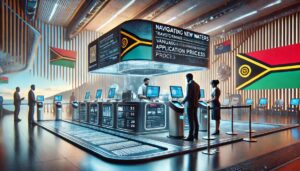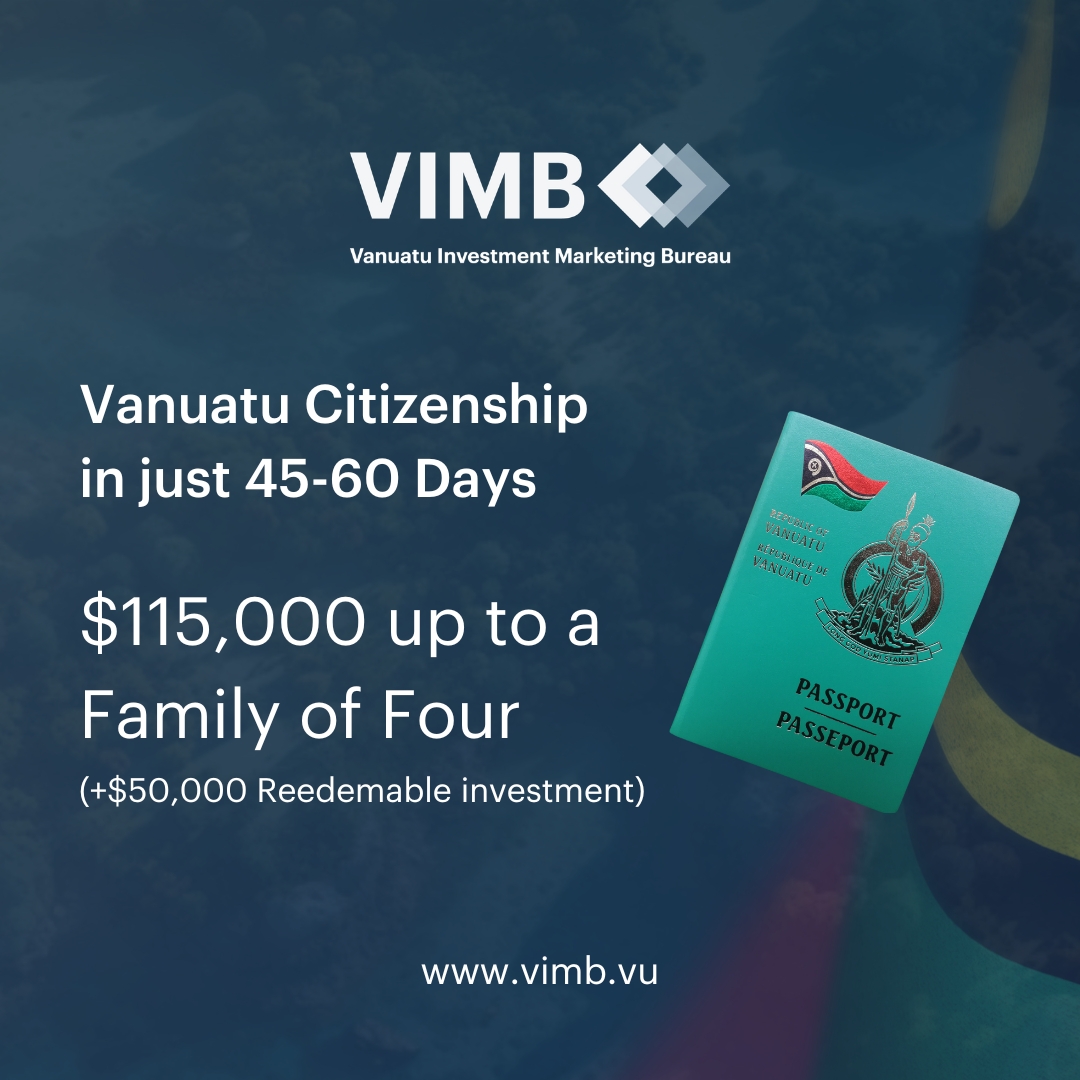Soaring Forward: How Air Vanuatu’s ATR Fleet Rebirth is Set to Transform Island Connectivity and Economy
Exploring the aviation sector’s dynamics in Vanuatu reveals a pivotal development: the reintroduction of Air Vanuatu’s ATR fleet. This article provides an in-depth analysis of the implications, challenges, and opportunities this return presents, offering insights for those well-versed in Vanuatu’s aviation context.
Understanding Air Vanuatu’s ATR Fleet Reintroduction
Air Vanuatu, the national carrier, is pivotal in linking Vanuatu’s islands and connecting the nation to the world. The ATR aircraft, known for its efficiency in regional services, plays a crucial role in this connectivity.
Historical Insight and Present Scenario
Air Vanuatu has been a cornerstone of national transport since its establishment in 1981, with the ATR fleet being particularly suited to the geographical needs of the archipelago. The pandemic’s challenges necessitated a temporary grounding of this fleet, disrupting both domestic and international connectivity. The recent reactivation of the ATR fleet is a positive sign of recovery and a move towards normalising air travel within and beyond Vanuatu.
Economic and Tourism Implications
The reinstatement of the ATR fleet is poised to bolster Vanuatu’s economy, primarily through the tourism sector, which significantly contributes to the national GDP. Enhanced air service reliability and increased route availability are expected to attract more visitors, thus invigorating the tourism industry and, by extension, the local economy. This development is also anticipated to improve logistics and the movement of goods, crucial for business operations across the islands.
Facing Challenges and Seizing Opportunities
Despite the positive outlook, reintroducing the ATR fleet involves challenges, particularly around maintaining high safety standards and ensuring consistent operational reliability. Addressing these issues requires robust maintenance frameworks and ongoing training for crew and ground staff. Conversely, this scenario presents opportunities such as exploring new routes, enhancing service offerings, and possibly attracting new business partnerships, which could further stimulate growth in Vanuatu’s aviation sector.
Key Data Insights
- Tourism Growth: Expected increase in visitor numbers could boost tourism revenues by 10-15%.
- Economic Uplift: Improved air connectivity might enhance GDP by 5-7% through bolstered trade and tourism.
- Operational Cost Efficiency: Utilisation of fuel-efficient ATRs could reduce operational costs by up to 20%.
- Safety Protocols: Emphasis on stringent maintenance schedules to ensure fleet reliability and safety.
- Eco-friendly Initiatives: Potential strategies for reducing environmental impact include exploring sustainable fuels and advanced engine technologies.
Relevant Sources
- Air Vanuatu’s ATR Returns to the Skies
- Economic and Tourism Impact Studies
- Detailed Information on ATR Aircraft
- Environmental Strategy References
Conclusion
The reactivation of Air Vanuatu’s ATR fleet marks a critical stride towards enhancing Vanuatu’s aviation capabilities and economic resilience. Navigating through the forthcoming challenges and leveraging potential opportunities will be essential for maximizing the benefits of this development. With strategic planning and a commitment to sustainability, Air Vanuatu can ensure that its fleet continues to be an integral part of the nation’s socio-economic growth.











